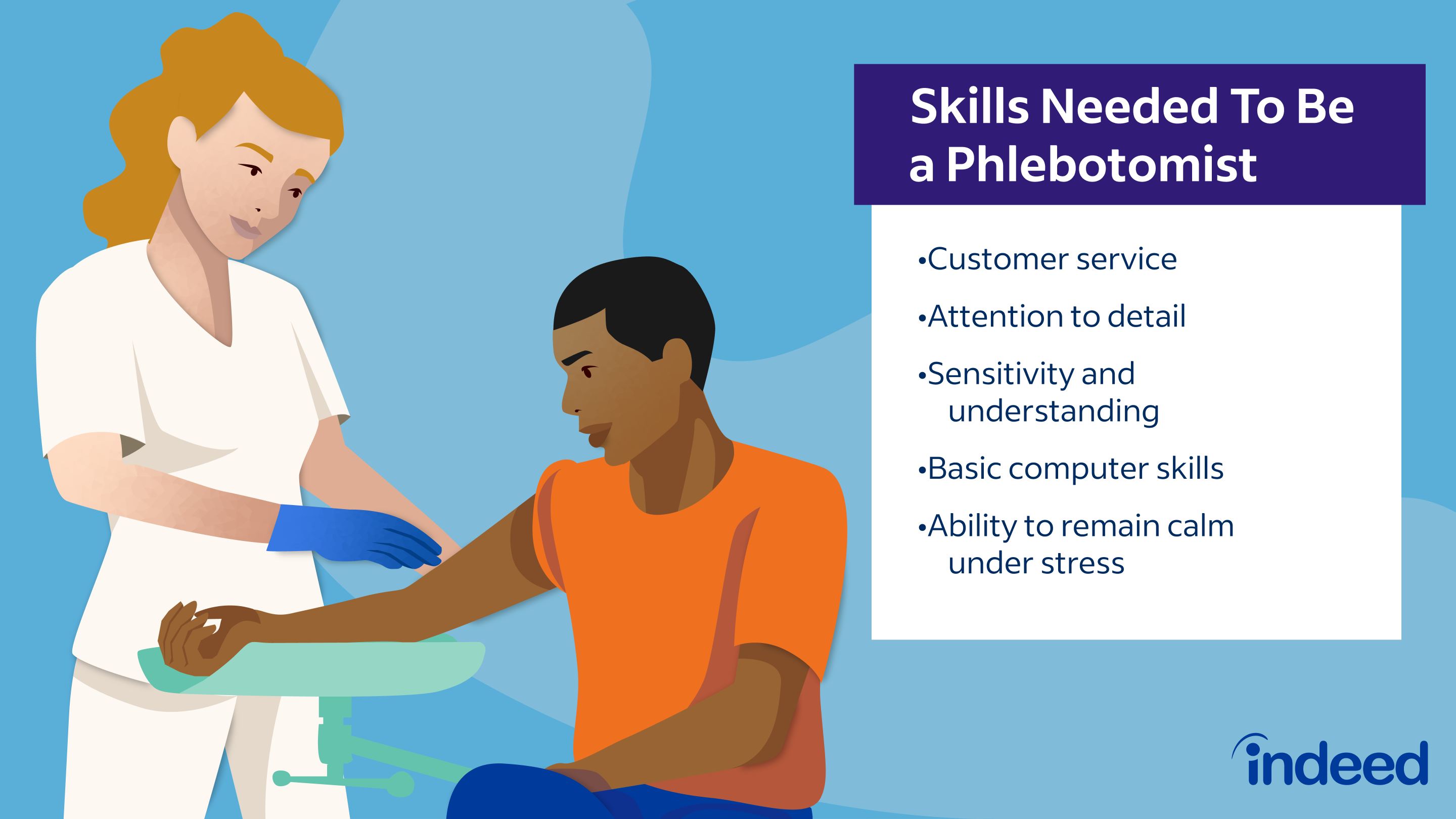The smart Trick of Northeast Medical Institute - New Haven Campus Phlebotomy Course & Cna Class That Nobody is Discussing
The smart Trick of Northeast Medical Institute - New Haven Campus Phlebotomy Course & Cna Class That Nobody is Discussing
Blog Article
Northeast Medical Institute - New Haven Campus Phlebotomy Course & Cna Class Can Be Fun For Anyone
Table of ContentsThe Best Strategy To Use For Northeast Medical Institute - New Haven Campus Phlebotomy Course & Cna ClassThe Main Principles Of Northeast Medical Institute - New Haven Campus Phlebotomy Course & Cna Class Northeast Medical Institute - New Haven Campus Phlebotomy Course & Cna Class - The FactsNortheast Medical Institute - New Haven Campus Phlebotomy Course & Cna Class Things To Know Before You Get ThisThe 6-Second Trick For Northeast Medical Institute - New Haven Campus Phlebotomy Course & Cna ClassNortheast Medical Institute - New Haven Campus Phlebotomy Course & Cna Class Fundamentals Explained
The use of such tools ought to be accompanied by various other infection avoidance and control methods, and training in their use.For setups with low sources, cost is a motoring consider procurement of safety-engineered devices - PCT Training. Where safety-engineered gadgets are not available, experienced usage of a needle and syringe serves. Unexpected exposure and details information concerning a case need to be recorded in a register. Assistance services must be promoted for those who undertake unexpected direct exposure.
labelling); transportation conditions; interpretation of results for clinical monitoring. In an outpatient department or clinic, provide a specialized phlebotomy workstation containing: a clean surface with two chairs (one for the phlebotomist and the other for the client); a hand wash basin with soap, running water and paper towels; alcohol hand rub. In the blood-sampling room for an outpatient division or facility, provide a comfortable reclining couch with an arm rest.
Some Ideas on Northeast Medical Institute - New Haven Campus Phlebotomy Course & Cna Class You Need To Know
Make sure that the indicators for blood sampling are clearly specified, either in a written procedure or in recorded directions (e.g. in a lab form). Accumulate all the equipment required for the procedure and location it within risk-free and simple reach on a tray or trolley, making sure that all the products are clearly visible.
Where the person is adult and conscious, follow the steps laid out listed below. Introduce on your own to the client, and ask the patient to mention their full name. Inspect that the lab form matches the client's identity (i.e. match the client's information with the research laboratory form, to guarantee precise recognition). Ask whether the license has allergies, fears or has actually ever fainted throughout previous injections or blood draws.
Make the person comfortable in a supine position (when possible). Area a tidy paper or towel under the person's arm. Go over the examination to be done (see Annex F) and obtain verbal consent. The patient has a right to refuse an examination at any kind of time prior to the blood tasting, so it is very important to make certain that the patient has actually recognized the procedure.
Northeast Medical Institute - New Haven Campus Phlebotomy Course & Cna Class - Truths
Extend the individual's arm and inspect the antecubital fossa or forearm. Situate a blood vessel of a good dimension that is visible, straight and clear. The layout in Section 2.3, reveals common positions of the vessels, yet several variations are possible. The average cubital blood vessel lies in between muscles and is normally the most easy to penetrate.
DO NOT place the look at these guys needle where capillaries are diverting, since this increases the opportunity of a haematoma. Locating the vein will help in determining the right dimension of needle.
Specimens from central lines bring a threat of contamination or erroneous lab examination outcomes. It is acceptable, however not optimal, to attract blood specimens when initial introducing an in-dwelling venous device, prior to linking the cannula to the intravenous fluids.
Northeast Medical Institute - New Haven Campus Phlebotomy Course & Cna Class - Questions
Allow the area to completely dry. Failure to allow adequate contact time enhances the danger of contamination. DO NOT touch the cleansed website; specifically, DO NOT place a finger over the vein to direct the shaft of the subjected needle. It the site is touched, repeat the sanitation. Perform venepuncture as complies with.
Ask the client to develop a clenched fist so the blood vessels are extra prominent. Enter the vein swiftly at a 30 degree angle or much less, and remain to introduce the needle along the capillary at the simplest angle of entry - PCT Courses. As soon as adequate blood has been accumulated, release the tourniquet BEFORE withdrawing the needle
The Definitive Guide for Northeast Medical Institute - New Haven Campus Phlebotomy Course & Cna Class
Withdraw the needle delicately and apply mild pressure to the site with a tidy gauze or completely dry cotton-wool round. Ask the individual to hold the gauze or cotton wool in position, with the arm prolonged and raised. Ask the patient NOT to flex the arm, due to the fact that doing so triggers a haematoma.

Not known Details About Northeast Medical Institute - New Haven Campus Phlebotomy Course & Cna Class
Do not press the syringe plunger since extra stress enhances the threat of haemolysis. Where feasible, maintain televisions in a shelf and relocate the shelf towards you. Inject downwards into the proper coloured stopper. DO NOT get rid of the stopper due to the fact that it will certainly launch the vacuum cleaner. If the example tube does not have a rubber stopper, inject incredibly slowly right into the tube as minimizing the pressure and velocity utilized to move the sampling reduces the risk of haemolysis.

Report this page